With about 330 million monthly active users, Twitter is a goldmine of marketing opportunities. All the juicy conversations and strong opinions are shared on Twitter, and the platform should definitely be part of your marketing strategy. With the right marketing strategy, you’ll be able to build brand awareness, drive conversions, and grow an engaged community through Twitter.
But remember: over 500 million Tweets are sent every day on Twitter. That’s a lot of noise. So you need to be strategic in order to grab (and hold) your audience’s attention.
Below we’ve outlined everything you need to craft and execute a highly effective Twitter marketing strategy and get real results for your brand.
How to create a Twitter marketing strategy
Social media marketing is something that should be done with a plan. Twitter is no different. You can’t just show up and start publishing Tweet after Tweet.
Before using Twitter to grow your business, you should try to understand how the platform works and how it fits into your overall social media strategy and business objectives.
While it’s good to have plenty of Tweets lined up, there are some strategies that successful businesses use to make the most of Twitter. We’ve outlined them below.
Audit your Twitter accounts
If your business already has an existing Twitter profile (or more than one profile), the first thing to do is to run an audit. Document all existing accounts and the team member(s) that is responsible for them.
Once you’ve compiled your list, go to your Twitter Analytics and check what’s working and what isn’t on your Twitter profile. Collect data like:
- What is the posting (or tweeting) frequency of this account?
- How much engagement does each Tweet get?
- How many followers does this account have?
While you’re at it, you should also audit brand compliance for your accounts. Check if your Twitter handle is the same as the handles of your other social media accounts. Check if your profile picture and bio are on-brand. If it applies, update your header image and cancel old adverts that might still be running.
Once you’ve audited your existing accounts, you’ll be able to use the information you gather to craft a Twitter marketing strategy that maximizes your reach, engagement and growth.
Auditing can be a confusing process. That’s why the team at Hootsuite made this social media audit template to make things a bit easier for you.
Set SMART goals
‘Post and pray’ is so 2011.
The best way to ensure success on Twitter–or any other social media platform, really–is to set measurable goals to keep your plan on track. Instead of publishing Tweets and praying to Twitter gods to smile on you, set SMART goals that align with your overall business objectives.
SMART: Specific. Measurable. Attainable. Relevant. Time-bound. According to this acronym, “I want to go viral” does not count as a SMART goal.
Here’s how to create a SMART goal:
Say, you want to increase your email list subscribers through Twitter. At the core, you actually want to increase your average click-through rate. You can use your current Twitter click-through rate from your audit to set a specific, measurable goal over a reasonable period of time.
So instead of saying, “I want to increase my email list subscribers through Twitter,” say “I want to increase my average click-through rate from 2.5% to 4.5% in four months”.
That’s a SMART goal.
Check out your competition
With Twitter marketing, it’s not enough to tweet the right content at the right time. You also need to monitor your competitors.
You can follow them or just search for them to see what (and how) they’re posting. You can also look for things like the number of likes, comments and retweets they get. Doing this will reveal your competitors’ strengths and, most importantly, the weaknesses (or gaps) in their strategy.
This way, you’ll be able to refine your own strategy and distinguish yourself on the platform.
To get you started, download this free, customizable template for conducting a competitive analysis.
Assign roles
To be successful in Twitter marketing, you need to make sure that your accounts are active, and that someone is replying to mentions and DMs. Failure to engage with your audience can ruin your Twitter performance and brand reputation.
If your Twitter account is busy, you might need multiple people monitoring them. But even if only one person is in charge of the account, it’s best that you have a backup team member just in case of any emergency.
If you have multiple people in charge of the account, ensure that everyone knows their responsibilities. You don’t want two or more people trying to respond to the same Tweets and offering repetitive or–gasp!–conflicting answers. You can use a social media management tool like Hootsuite to effectively assign roles and responsibilities.
For more tips, check out Hootsuite’s guide to social media collaboration.
Create guidelines
To keep your communications clear and consistent, you need a social media style guide. This guide will help you onboard new team members, keep existing team members in alignment, and prevent social media mishaps.
Your social media guidelines should include elements of your overall brand style guide (tone of voice, audience information, etc.) and should be shared with everyone on your team. It should, however, be specific to how you use your social media accounts, including Twitter, with information about:
- How to format links
- Branded hashtags and how you use them
- How and where you use emojis
- How to respond to trolls and manage a PR crisis (in case of criticism and misunderstandings)
The team at Hootsuite compiled some tips on creating a social media style guide to help you get started.
Make a content calendar
Planning your Tweets ahead of time can take a bit of time, but it will save you stress and effort in the future. I mean, there’s nothing more frustrating than trying to come up with a last-minute Tweet for #NationalPizzaDay.
A social media content calendar helps you organize the content you want to post across all your social media channels and find gaps and conflicts you can rectify. It also helps you identify seasons/holidays/events (Earth Day, International Women’s Day, Halloween, etc.) during which you can post interesting content.
When creating your social content calendar, consider:
- Your posting frequency
- The best times to post
- Who will approve posts
A calendar can also help you evaluate your content and see if your Tweet mix is balanced. You should follow the rule of thirds (#8 on this list). ⅓ of your Tweets should promote your business, ⅓ should be insights from industry influencers/experts, and ⅓ share more personal perspectives.
Measure your performance
After you start executing your Twitter marketing strategy, you need to regularly analyze your efforts and track your progress against the SMART goals you set.
But the data you’ll get in Twitter Analytics can be overwhelming. There are a ton of metrics, and many are vanity metrics. So figure out which metrics really matter. For instance, you want conversions or sales from Twitter. if you posted a funny meme that got a lot of retweets, those retweets won’t really matter if they didn’t translate into any conversions.
Collecting meaningful data will help you see the impact of your marketing efforts and provide insights that will help you improve your strategy over time.
To learn more about social media metrics, check out Hootsuite’s guide to social media key performance indicators (KPIs).
10 Twitter marketing tips (ranked from the most basic to most advanced)
Complete your profile
When someone comes across your company’s Twitter profile, they should be able to tell right away that it’s yours. This can only happen when you customize your Twitter profile with your logo, brand colors and other stand-out details you want to include.
- Handle: Your Twitter handle is your username (or account name). For instance, our handle is @AdEspresso. You want your Twitter handle to be the same as your other social media handles and should include your brand’s name so that your followers and target audience can easily search for and find you on Twitter.
- Profile picture: Your profile picture appears next to every Tweet you post or comment you make, so you should use a high-quality, professional image. You can use your company’s logo, company’s initials, or a crisp picture of your founder/CEO.
- Header image: Your header image appears on your profile page, and you can use it to communicate vital information to your audience. It can provide information about your business, reflect current campaigns/events, or offer insights into your company culture.
For instance, SEMRush’s header image shows a review that their customer made about their product.
- Bio: Your Twitter bio is capped at 160 characters, so keep it short. In that field, you can write a brief summary of what your company does, your mission statement, or something humorous to show off your brand personality.
- URL: Below your profile picture and bio, there’s a field where you can add your company’s website URL. But you can update your URL during special events or campaigns. But when the event/campaign is done, make sure to change it back to your website URL.
- Location: Providing a location makes your profile feel more real and personal to your audience. This is extra important if you’re a small business with a physical store because potential customers need a way to find you offline.
Use Twitter lists
A Twitter list is a group of Twitter accounts that you’ve selected and organized into specific categories. Twitter lists help social media managers tune in to the conversations, campaigns, and events that actually matter to their business.
For example, Adobe’s Twitter lists include products, regions, corporate comms, evangelists, and more.
You can create as many Twitter lists as you want — up to a thousand, really, but I don’t think it’s a good idea to create that many. Unlike the main Twitter feed, which is curated through Twitter’s algorithm, the Tweets in your lists are ordered chronologically, which makes it easier to follow ongoing discussions and current events.
You may want to create lists of your competitors’ accounts, thought leaders in your industry, or your team members so that you can easily review their Tweets and interactions.
If an industry influencer already has a Twitter list you want to follow, just subscribe to their lists:
- Go to their profile page.
- Click the three dots icon above their bio and select View Lists.
- You will be able to see the lists they’ve created, lists they subscribed to, and lists that include their account.
- Click the list you want to follow and hit Subscribe.
To see all the lists you own, appear on, and follow, click Lists in the left-hand menu on your Twitter homepage.
Creating Twitter lists takes some time, but they eventually help you use Twitter strategically and efficiently.
Cultivate your brand voice
Twitter is one of the most engaging (and loudest) places you can find your audience. To be successful with your Twitter marketing efforts, you need to cultivate an authentic voice that will help your brand stand out from the noise.
Twitterverse appreciates businesses that are true to themselves, especially when it comes to their Tweets. Even if multiple people are responsible for your Twitter account, your Tweets should be consistent throughout.
Here are a few ways to adopt a top-notch brand voice:
- Show personality: Are you funny? Bold? Edgy? Or terse? Whatever qualities you choose to adopt should communicate your brand values to your audience and be consistent through all your social platforms.
- Be original: Don’t tweet the same content repeatedly or, worse, reword other brands’ content and post as your own. Each of your Tweets should be unique and different or else, you’ll risk coming off as spammy.
- Be human: When you’re writing Tweets, be careful not to sound like a robot or like you’re following a script. Twitter users want to be sure that there’s a real person behind the Tweets that they see. So use plain language over abbreviations and big words.
One brand that has perfected its tone of voice on Twitter while staying true to itself is Wendy’s. They’re not afraid to joke around with current trends while remaining authentic.
Tip: Whatever your brand voice is, ensure that you spell-check your Tweets. Twitter does not have an edit button.
Run a Twitter poll
Twitter is a conversation-focused platform. Audience engagement is centered around high-quality Tweets and threads, replies and mentions. It can be difficult to get people to start talking about your content through Tweets alone.
That’s why Twitter polls exist.
Twitter polls allow you to ask your audience questions and offer up to four answers for them to choose from. Polls are simple and fun, and they are a great way to engage your audience.
Polls can do more than help you engage your audience. They let you gather opinions and feedback, learn more about your customers, validate product ideas, and more. This, however, does not replace in-depth research, but polls provide quick and helpful insights.
Schedule your Tweets at optimal post times
Want to save a ton of time posting tweets manually to your account? Schedule them ahead of time.
Ideally, most of your Tweets and assets should be planned, written, and designed weeks in advance. This ensures that you post them consistently and at the right time. You’ll also never have to worry about missing an important tweet because of unforeseen inconveniences.
When scheduling your Tweets, you have to consider the best times to post them. This increases your engagement as you’ll be posting at times when your audience is online. To learn what the best times to post are, measure your performance with analytics.
Scheduling your Tweets is great, but there’s a caveat: you cannot schedule ALL your Tweets. You still have to respond to mentions and DMs, and join conversations in real-time. But you can (and should) definitely plan and schedule campaigns and blog posts in advance.
The best scheduling tool you can use is Hootsuite. It has a bulk composer feature that allows you to schedule up to 350 Tweets at once at optimal times. Cool, huh?
Use images and videos
Ever heard the saying, “A picture is worth a thousand words”? It’s true, especially on Twitter, where you have just 280 characters to work with.
Images and videos can help you communicate more information to your audience. So you can pair an informative Tweet with a chart or infographic, or complement a motivational Tweet with an emotion-provoking image. This is especially useful when you’re organizing an event or launching a product.
Adding visuals to your Tweets helps you catch (and maintain) your audience’s attention, which increases your engagement. In fact, Tweets with images get up to three times as much engagement, and Tweets with videos get up to ten times as much engagement.
Another kind of visual asset you can add to your Tweets is GIFS, which can give you up to a 55% increase in engagement. What’s more, images (including GIFs) and videos don’t affect your 280-character limit.
Pro tip: Make sure your videos are optimized for mobile. Twitter reports that 93% of users watch videos on a handheld device.
Become a hashtag pro
Most social media platforms have the hashtag feature, but Twitter actually used hashtags first.
Hashtags are one of the best marketing tools to boost your visibility and engagement on Twitter. In fact, Tweets with relevant hashtags get double the engagement of Tweets without hashtags. While this is great, it doesn’t mean that you should stuff your Tweets with every hashtag you can think of. One to two hashtags per Tweet is optimal.
Here’s how to use hashtags right:
- Use industry-related hashtags. Check the hashtags that your competitors use to get some ideas.
- Create a branded hashtag. This is a hashtag that is unique to your brand and you can use it to organize content about your business. They’re great for finding user-generated content (UGC) and promoting campaigns.
For instance, Help a B2B Writer (aka the HARO for writers) has a branded hashtag that they collect all writers’ questions under.
- Follow trends. Twitter’s Explore page is populated with the current trending topics, including hashtags. Using trending hashtags will help new people discover your Tweets. Just ensure that you understand the context of the hashtag to avoid embarrassment.
Practice social listening
As mentioned earlier, Twitter is mainly about conversations. But as you speak, try to listen too. Social listening means paying attention to conversations happening on Twitter that can give you more information about your audience, customers, and community.
With social listening, you can find out what Twitter users think about your brand and products, and learn from other discussions. You’ll also be able to build brand loyalty, refine your messaging, and address complaints and pain points.
Some topics you should listen to include:
- Your brand’s name
- Your competitors’ names
- Relevant trending topics
- Industry hashtags
You can use Twitter’s advanced search tool to find these conversations. Hootsuite is also great for setting up streams that will monitor mentions, hashtags, keywords, and other relevant data that can help you use Twitter as a customer service channel.
Run an ad campaign
Once you’ve eased into the routine of posting organic Tweets, you can set up your first ad campaign.
Advertising on Twitter can help you increase brand awareness, drive traffic to your website, promote your products, and more. You can promote your account to gain new followers or promote singular Tweets to increase engagement and visibility.
With Twitter Ads, you can target a specific audience, and get detailed analytics on campaign results and cost per action (CPA). This helps you reach the right people and learn which campaign Tweets are most effective.
The team at Hootsuite wrote this article to help you learn more about Twitter advertising.
Measure your success with UTM parameters
Want something more sophisticated than Twitter Analytics? Enter UTM parameters.
UTM parameters are short text codes that you add to URLs or links to monitor traffic and conversions. They can show you the source, medium, campaign, and more. You can add them through Google Analytics or directly in Hootsuite Composer.
URM parameters show you exactly how people get to your website, your most effective Tweets, the ROI of your influencer campaigns, and more. They’re very helpful in understanding how your Twitter marketing strategy (and other social media efforts) affect your overall business goals.
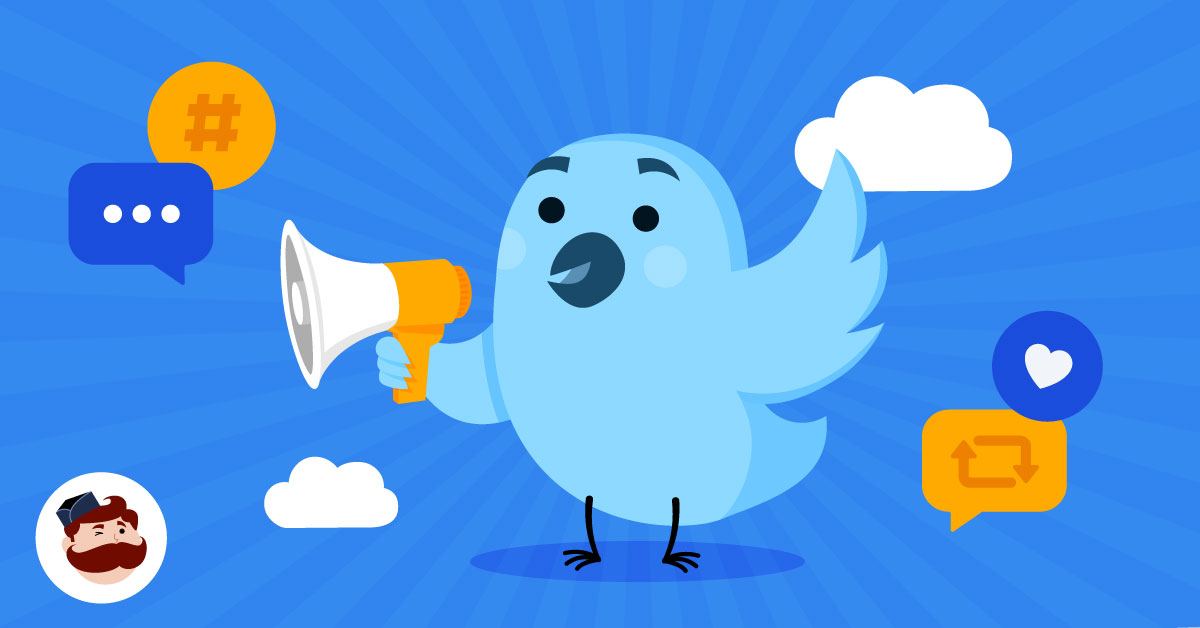
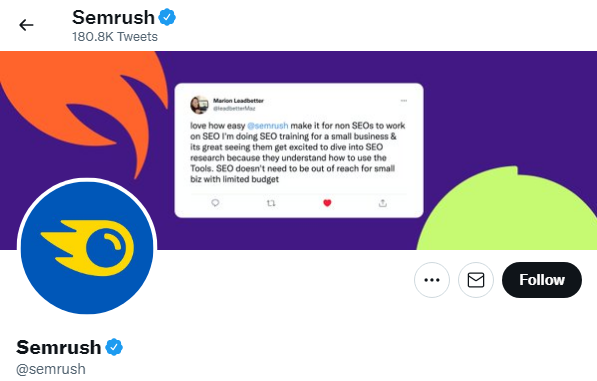
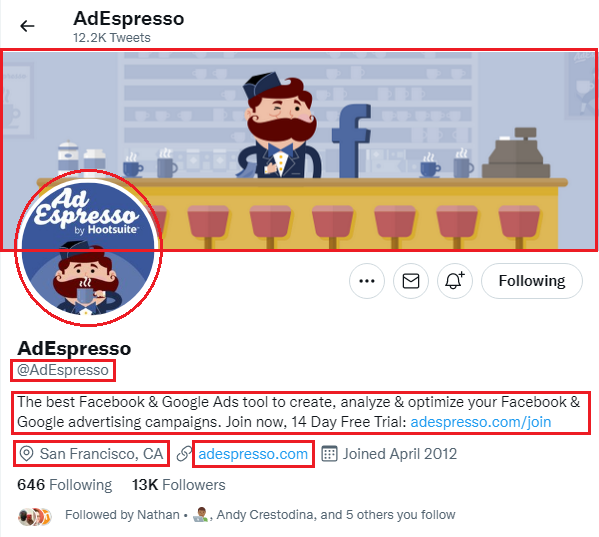
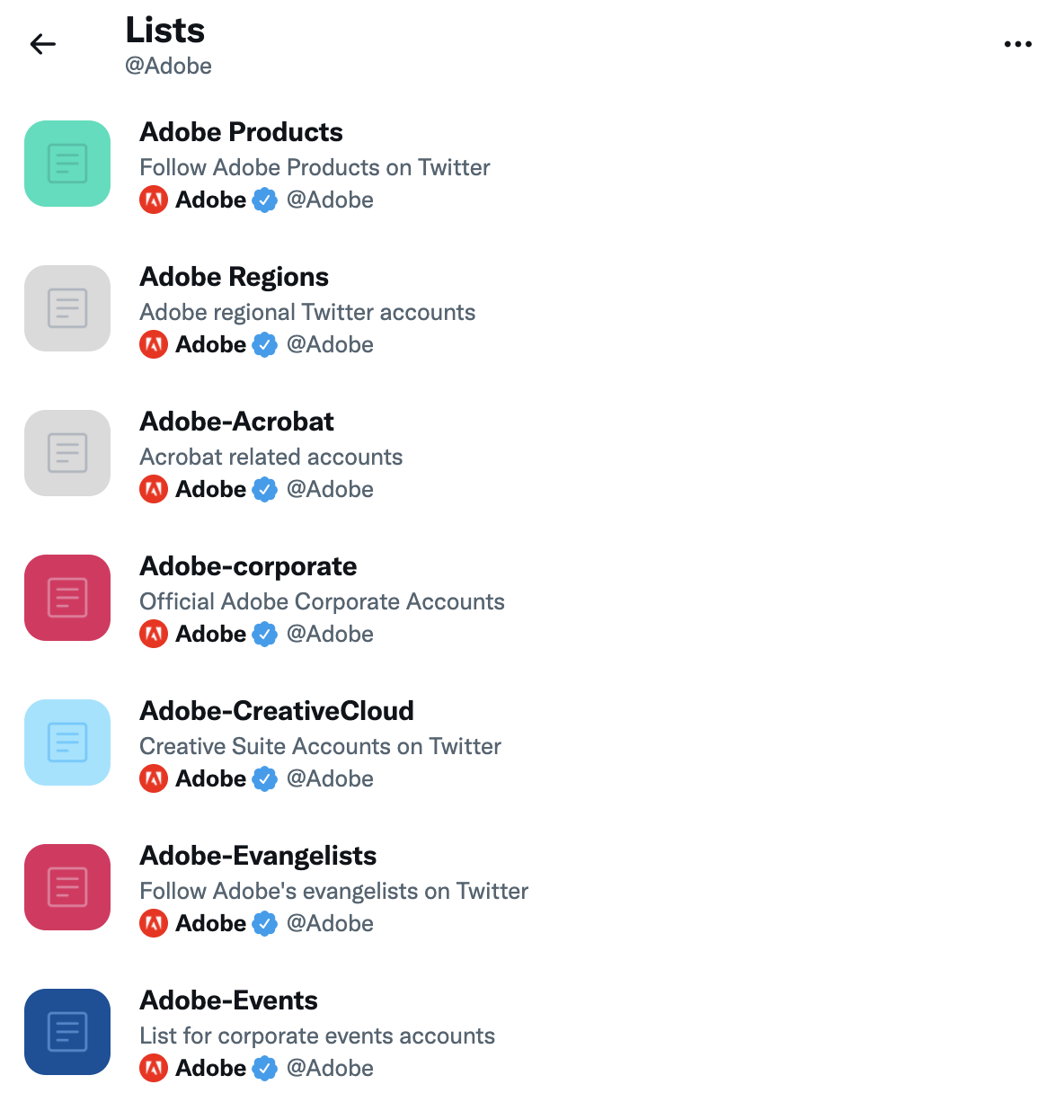
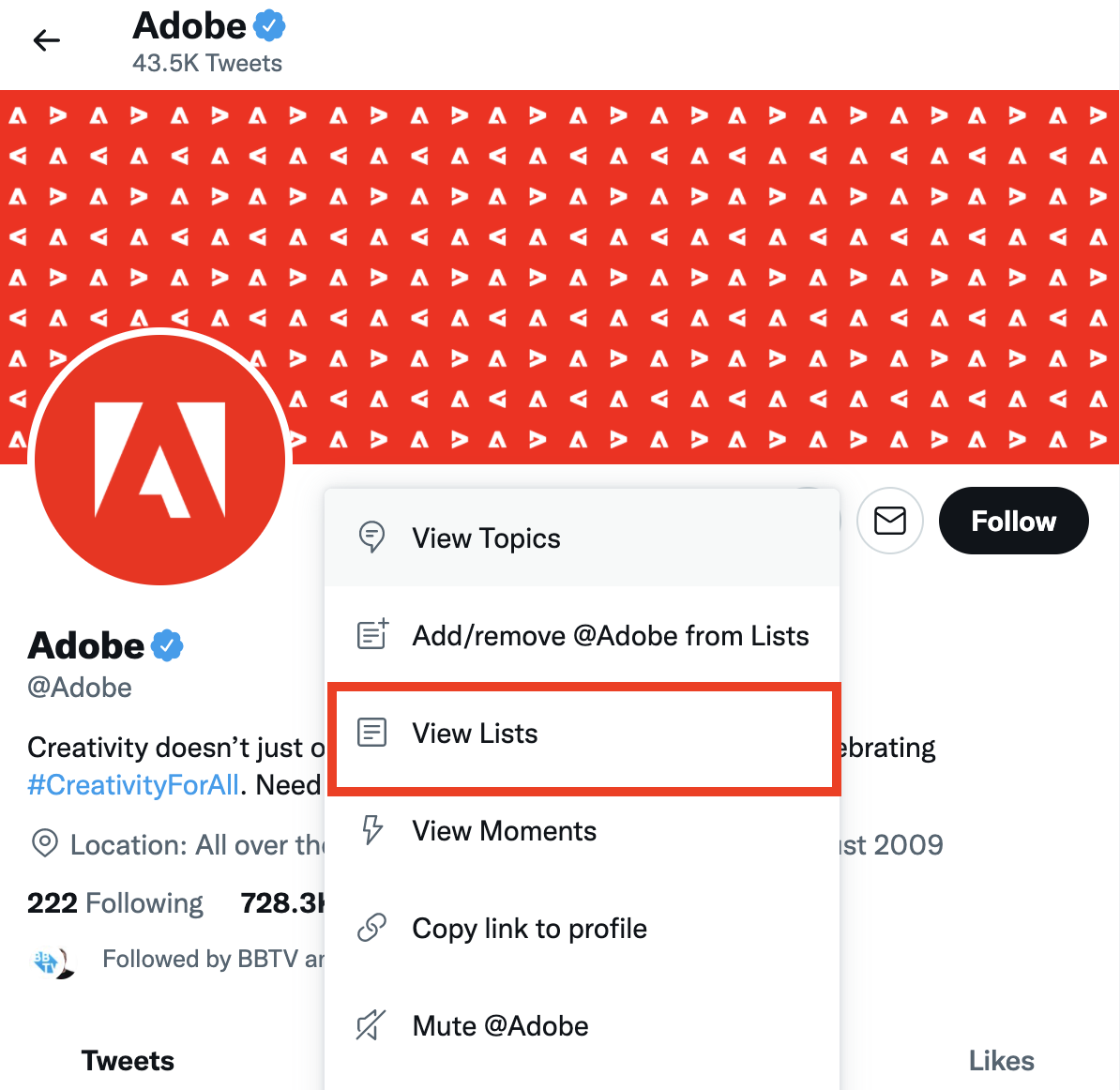
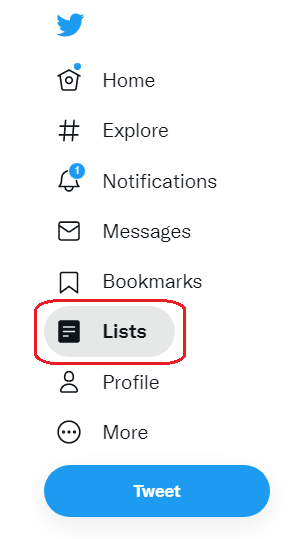
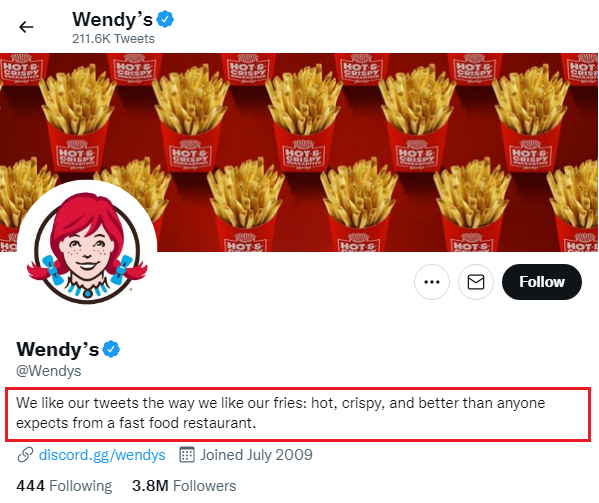
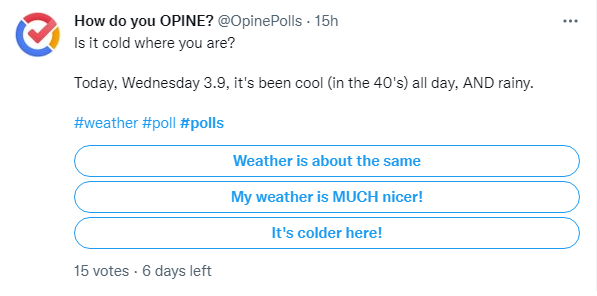
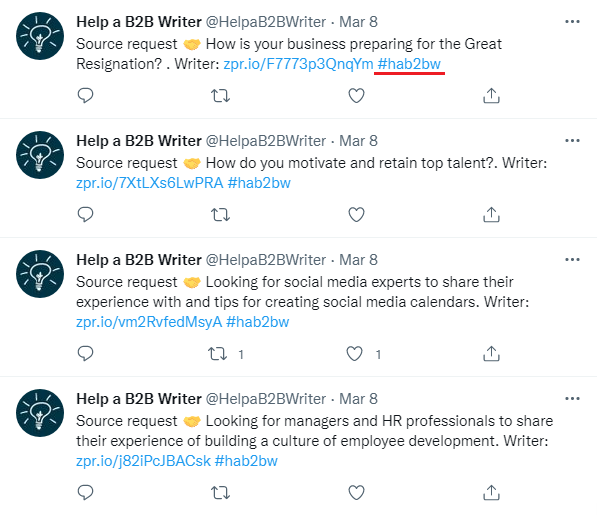
This is really helpful to the person who want to learn term about social media marketing. Each and every topic regarding social media marketing is explained in very simply & perfectly. Our team will definitely take care to follow all the steps you mention in this artical.